In the context of modern medicine, determining the level of consciousness in patients with severe brain injury has always been a major challenge.
Traditional methods often lack the sensitivity needed to detect even the most subtle signs of consciousness.
However, a groundbreaking artificial intelligence (AI) tool called SeeMe is ushering in a new era that promises to change the way doctors assess and treat these cases.
For patients with severe brain injuries, the line between coma and consciousness is extremely fragile (Illustration image generated by AI).
Developed by researchers at Stony Brook University, led by neuroscientist Sima Mofakham, the tool uses advanced computer vision technology to track tiny facial muscle movements in patients deemed unconscious.
SeeMe is able to detect movements that are difficult for the human eye to perceive, such as muscle twitches or subtle changes in the skin.
A recent study published in the journal Communications Medicine demonstrated the superior effectiveness of SeeMe. Tested on 37 severely brain-injured patients, the tool detected signs of alertness up to eight days earlier than clinicians.
Typically, in one case, SeeMe recorded mouth movements on day 18 after admission, while the patient did not clearly show this sign until day 37.
The correlation between early facial movements and recovery was clear: patients with more frequent and pronounced facial movements in the early stages tended to recover faster and better. This suggests that SeeMe is not only a diagnostic tool but also a potential predictor of prognosis.
The phenomenon of "latent consciousness", when a person is still internally aware but cannot react externally, has long been a mystery to medicine (Photo: Scientific American).
The ability to detect these subtle movements offers a more reliable method of monitoring consciousness, particularly useful for patients who cannot respond to conventional tests such as eye opening or hand clenching.
This groundbreaking technology could change the way doctors and families approach care, providing objective, real-time data to inform treatment and rehabilitation decisions. Furthermore, it opens the door to communication with patients who were previously considered unreachable.
Neurologist Jan Claassen said cognitive recovery is a gradual process, and SeeMe acts as an "early indicator" that helps doctors see hope for recovery sooner.
In the future, the team hopes to improve the tool to analyze more forms of movement and create a “yes or no” system, allowing patients who are awake but trapped in their bodies to answer simple questions through facial cues.
As Sima Mofakham told Scientific American , the ethical implications of SeeMe are profound. “People who can’t communicate can’t participate in their care,” she explained.
By allowing patients to express their perceptions, SeeMe can help them have a voice in their own treatment, something that has long been out of reach for people with severe concussions.
Source: https://dantri.com.vn/khoa-hoc/cong-cu-ai-giup-tiet-lo-dau-hieu-y-thuc-o-benh-nhan-hon-me-20250930234137612.htm


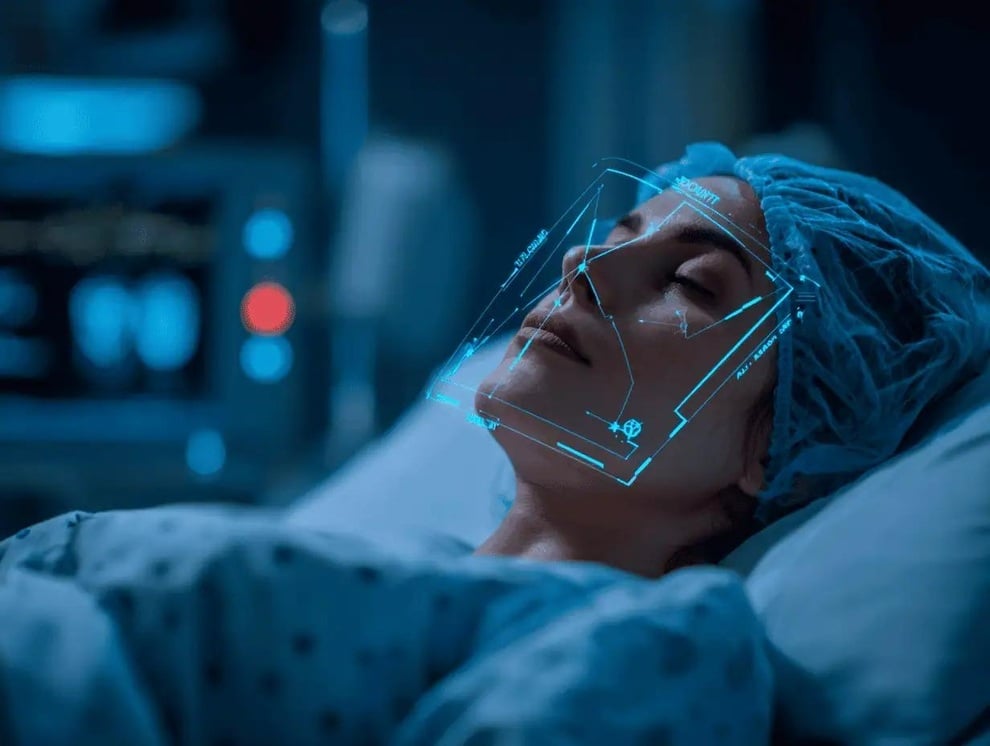
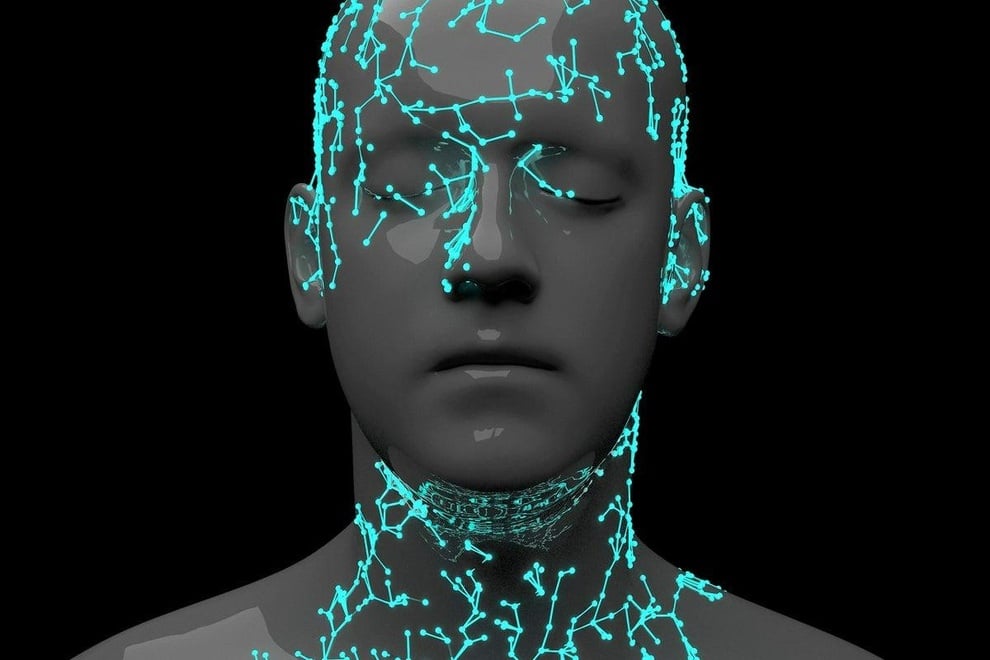


![[Photo] Next to the "mountain of trash" after the flood, Tuy Hoa residents strive to rebuild their lives](/_next/image?url=https%3A%2F%2Fvphoto.vietnam.vn%2Fthumb%2F1200x675%2Fvietnam%2Fresource%2FIMAGE%2F2025%2F11%2F24%2F1763951389752_image-1-jpg.webp&w=3840&q=75)





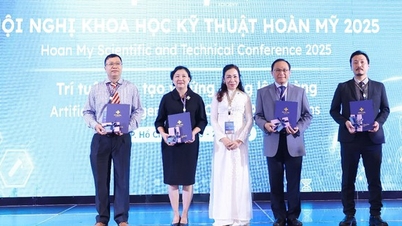

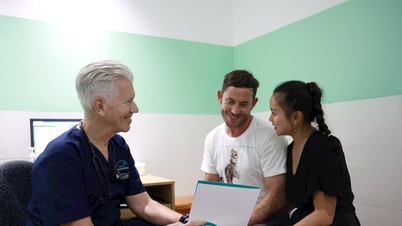



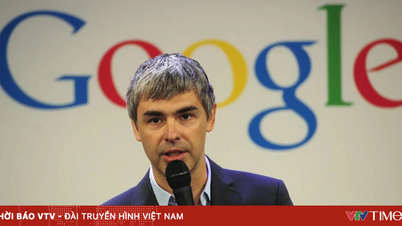

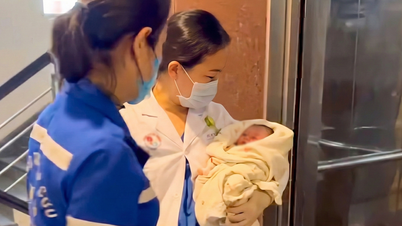

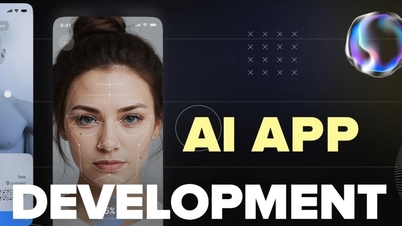

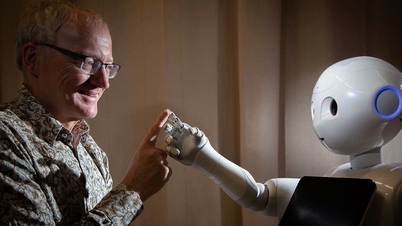

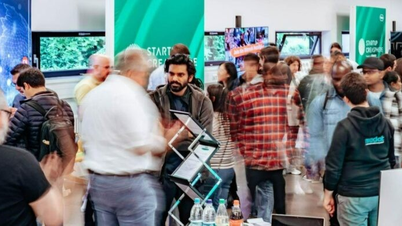
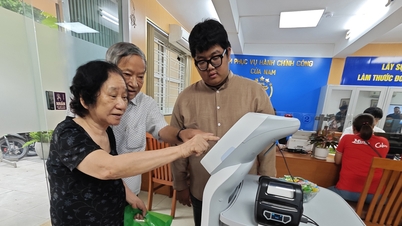
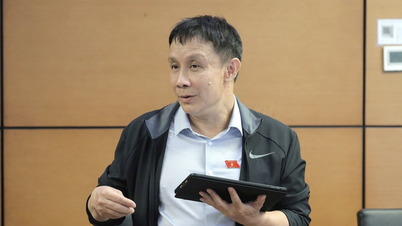





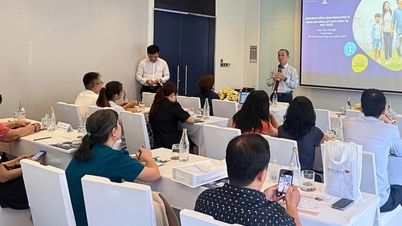
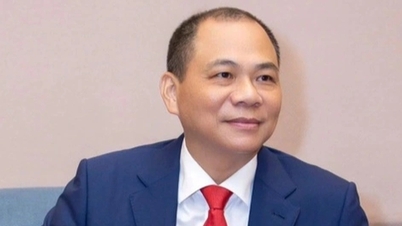

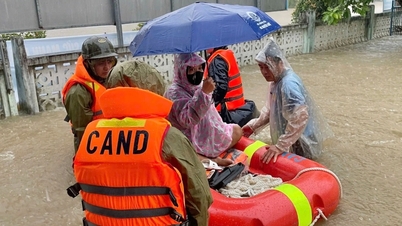




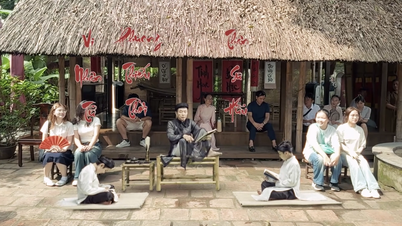












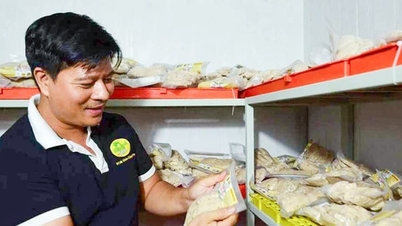



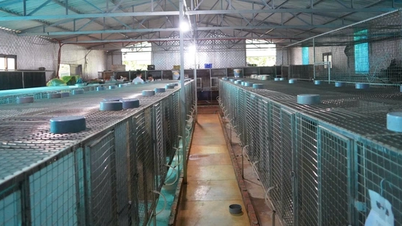
















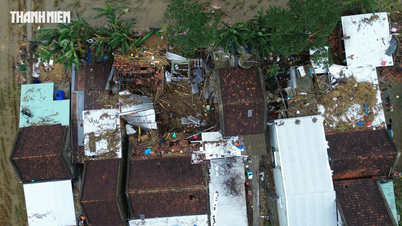

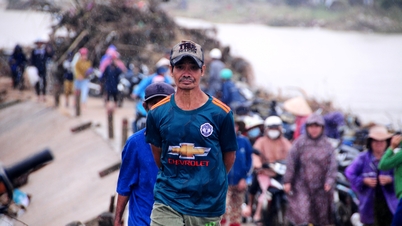
![[Photo] General Secretary To Lam attends the National Conference to review the Party's inspection, supervision and discipline enforcement work in 2025 and the 13th Congress term](https://vphoto.vietnam.vn/thumb/402x226/vietnam/resource/IMAGE/2025/11/24/1763967570884_anh-man-hinh-2025-11-24-luc-13-59-19.png)




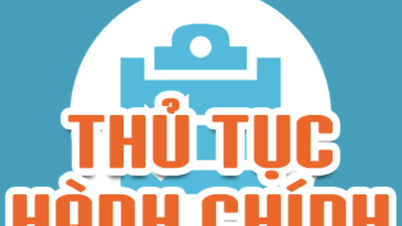


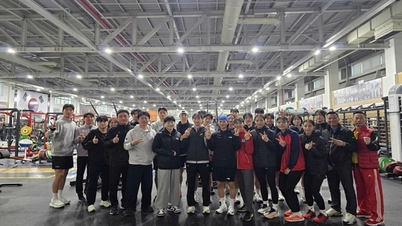




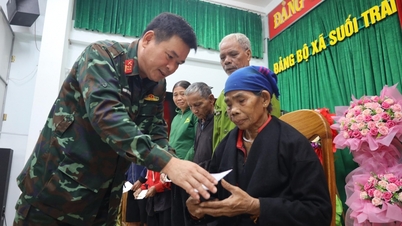



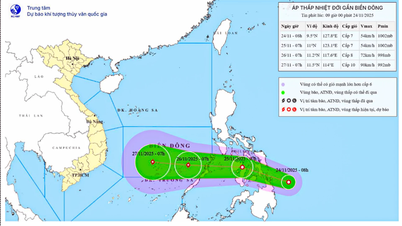




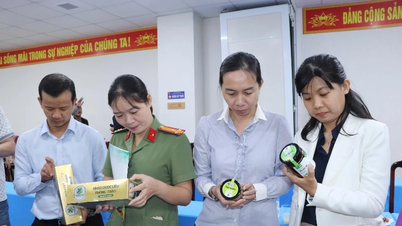









Comment (0)